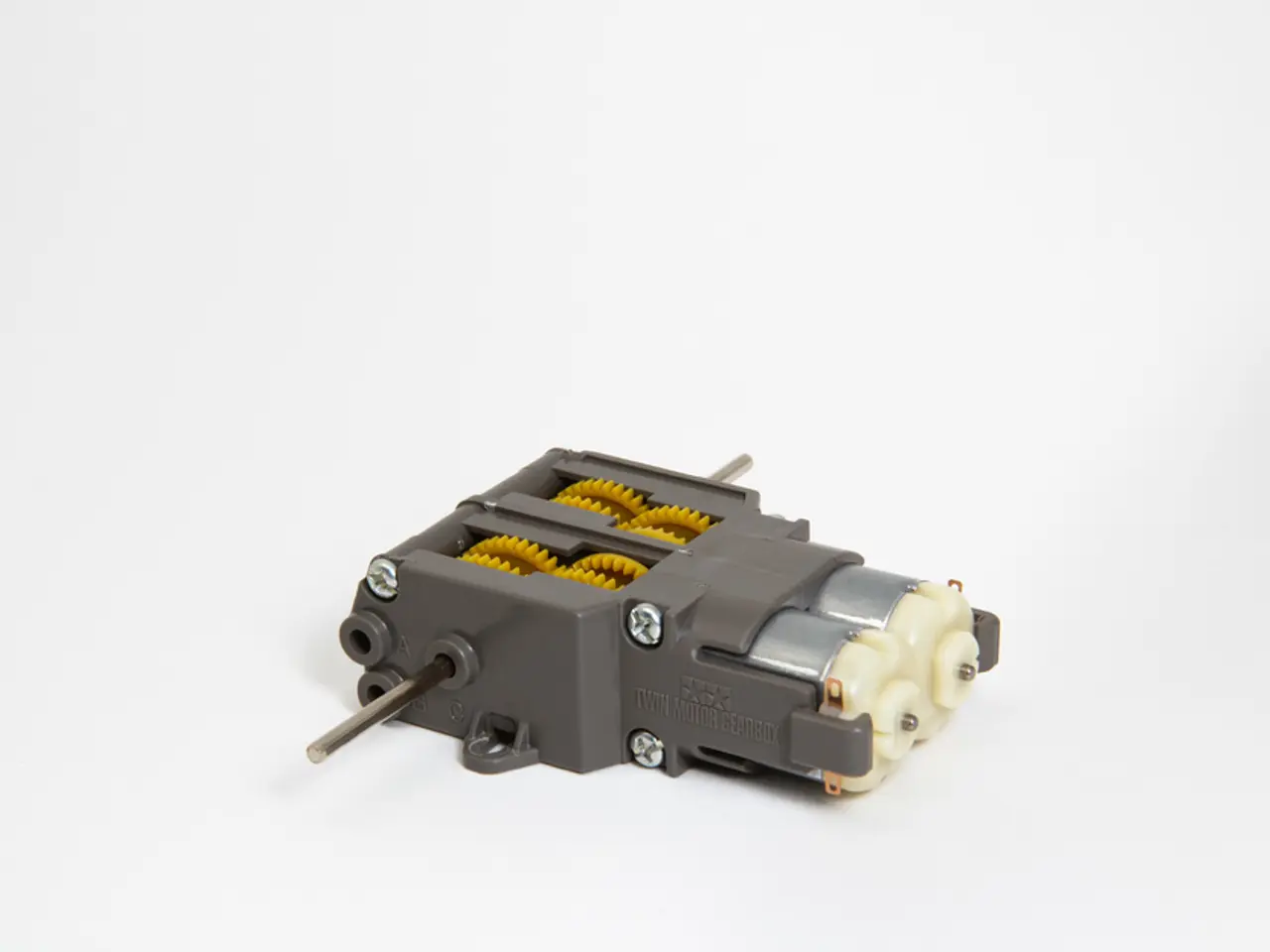Unveiling Progress with Magnets: Exploring the Prospects and Hurdles in Magnetic Propulsion Engines
Magnetic motors, also known as magnetic field motors, are poised to revolutionize various industries, offering advantages such as higher efficiency, reduced size, and increased speed compared to traditional electric motors. These motors convert electrical energy into mechanical rotation using magnetic fields, and they could play a crucial role in the transition to renewable energy sources and the electrification of transportation.
However, researchers face several challenges in the development of magnetic motors. One of the main obstacles is the material limitations, with the need for strong magnetic materials like rare earth metals such as neodymium and samarium being a significant challenge. Another hurdle is energy storage and efficiency, as ensuring the compatibility of magnetic motors with existing infrastructure and improving the efficiency of energy storage systems requires advancements in battery technology.
To drive advancements in magnetic motor technology, a collaborative approach between researchers, industry, and policymakers is essential. Current advancements focus heavily on new materials and designs that enhance efficiency, reduce weight, and improve thermal stability, especially for electric vehicles (EVs) and other high-performance applications.
One promising area for magnetic motors is in the development of EVs, which could lead to a significant reduction in energy consumption and emissions. Key advancements include Soft Magnetic Composites (SMCs), Permanent Magnets in EVs, Heavy-Rare-Earth-Free Magnets, and Alternative Motor Technologies like electrostatic motors.
SMCs enable innovative motor topologies that allow 3D magnetic flux, reduce eddy current losses, and facilitate near-net shape manufacturing, influencing sectors from e-mobility to industrial automation. Permanent Magnets in EVs offer high energy efficiency, compact size, excellent thermal stability, and resistance to demagnetization, contributing to better motor torque, smaller motor size, and overall improved EV performance and range.
Heavy-Rare-Earth-Free Magnets have been developed to address concerns about resource depletion and environmental impact. These magnets maintain high magnetic flux density and coercive force suitable for EV driving motors, contributing to energy saving and CO2 emission reductions through more efficient, smaller motors. Alternative Motor Technologies, such as electrostatic motors, reduce dependence on rare earth materials and copper, offering potential for broader industrial applications with a lower environmental footprint.
Environmental and regulatory challenges are also a concern in magnetic motor development. The extraction and processing of rare earth elements essential for high-performance magnets can cause significant habitat destruction, pollution, and other ecological issues. Stricter global regulations on mining and producing rare earth materials increase production costs and complicate supply chains, potentially delaying motor manufacturing and innovation.
Innovations in recycling processes and the use of sustainable materials are contributing to a cleaner, greener future for magnetic motor technology. Researchers are investigating novel materials, optimized designs, and innovative control strategies to overcome the challenges of magnetic motors.
In summary, continuous material innovations and evolving motor topologies are driving magnetic motor capabilities toward higher performance and sustainability, while environmental and regulatory challenges encourage research into greener, rare-earth-free solutions. The key to unlocking the full potential of magnetic motors lies in overcoming these challenges, fostering collaboration, and leveraging the unique properties of magnetic fields.
Sources:
- Soft Magnetic Composites for Electric Machines and Power Electronics
- The environmental impact of rare earth elements in electric vehicles
- The global market for permanent magnets in electric vehicles
- Electrostatic Motors for Sustainable Energy Applications
- Heavy-Rare-Earth-Free Neodymium Sintered Magnets for Electric Vehicle Driving Motors
- The science of magnetic motors is poised to transform the finance sector, as advancements in the technology could lead to significant reductions in energy consumption and emissions, particularly in the fast-growing electric vehicle industry.
- Collaboration between researchers, the industry, and policymakers is crucial in overcoming the material limitations, such as the need for strong magnetic materials, and addressing energy storage and efficiency issues in the development of magnetic motors for various applications.
- Innovations in technology, like Soft Magnetic Composites and electrostatic motors, are playing a key role in the industry's transition toward sustainable energy sources, offering potential for increased efficiency, reduced weight, and improved thermal stability, while addressing environmental concerns through the use of sustainable materials and rare-earth-free alternatives.




